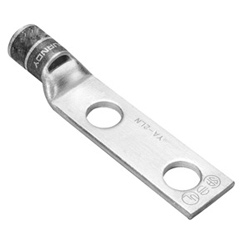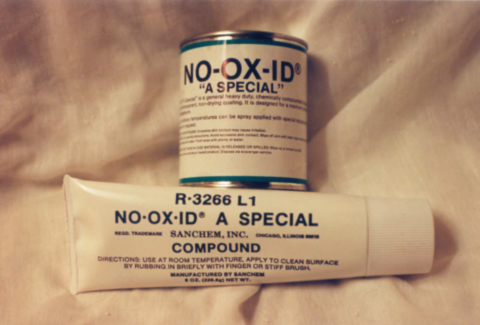I made some copper buss bars for my battery bank today. They are made from 1 1/4" x 1/4" solid copper and right now I have stainless steel 8mm "studs" installed to attach 6 batteries and I machined some insulating standoffs from Delrin for mounting . The center stud is longer as I plan on the inverter, MPPT charge controller, and IOTA battery charger connected to be connected to that point. Batteries will be wired to the bars with equal length cable.
Buss bars 1.jpgBuss bars 2.jpg
Buss bars 1.jpgBuss bars 2.jpg




Comment